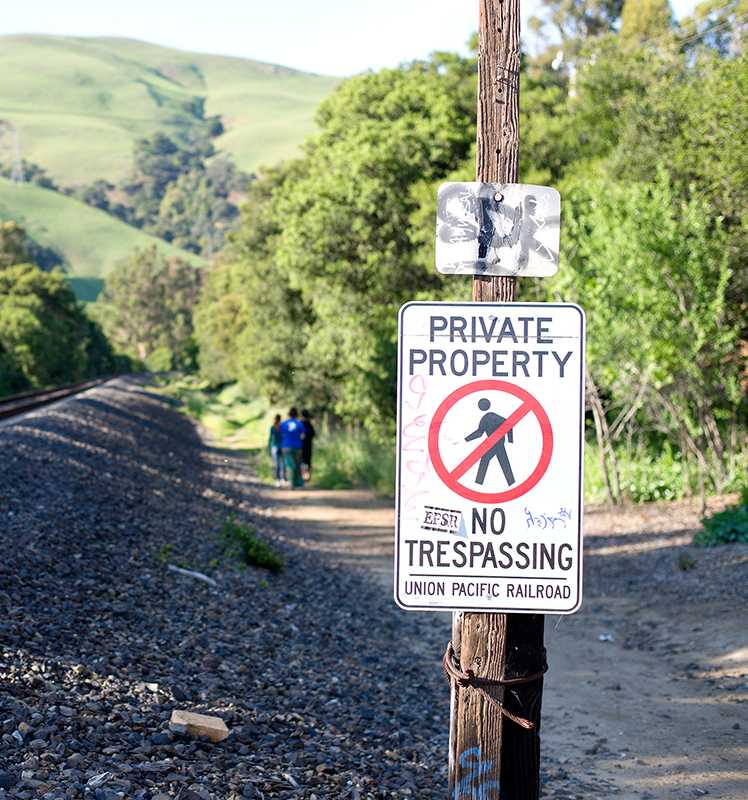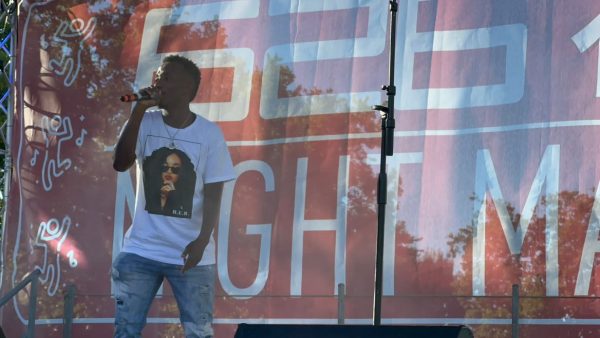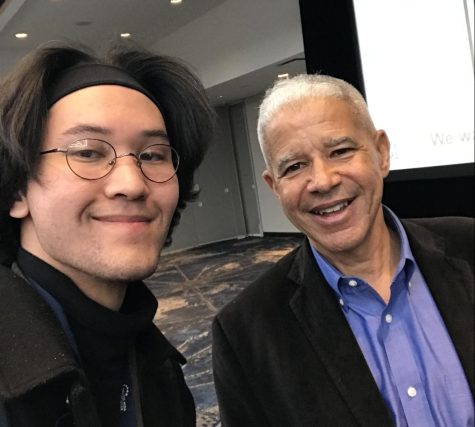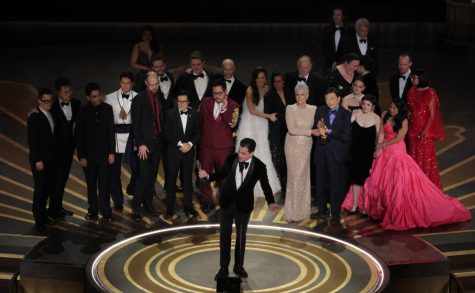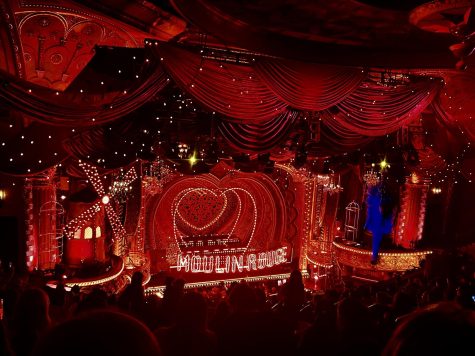The many mysteries of Fremont’s Secret Sidewalk
Some of Charlie Chaplin’s earliest films were shot on the Secret Sidewalk in Fremont.
April 24, 2014
The East Bay’s very own Niles Canyon, a long-abandoned aqueduct, attracts the curious to the unusual trail known as the Secret Sidewalk in Fremont.
Well-known to locals the six-foot Niles Canyon Aqueduct carried water from the Alameda Creek to the Sunol Filter Galleries through the Niles Reservoir for numerous years. The aqueduct provided the unincorporated area of Alameda County with freshwater during the 1920s and years later.
Past a metal gate donning a “Keep Out: No Trespassing” sign, an aged rusty fence, and a hazardous hike the trespasser finally reaches the notorious aqueduct. The long solid concrete block is wide enough to serve as a sidewalk as the pavement wraps around the canyon and through a few private properties.
In addition to the spooky and desolate atmosphere of the Secret Sidewalk it has, over several years, been defaced with layers of graffiti concealing the entire structure.
The now forsaken Secret Sidewalk functioned as a popular location for the younger crowd to provoke mischief.
“I grew up in Newark. During about 1990 to 1997, the sidewalk was a place to hang out and party. It was a place the police did not patrol and it was always an adventure getting there. It was a meeting place for all the high school stoners,” said former Newark resident, Danielle Guyette.
With the lack of cops guarding the grounds, teenagers used that freedom to their advantage engaging in illicit activities.
Locals only speak of this secret location in hushed tones and amongst each other. A number of myths and legends have circulated throughout the old and new residents of Niles.
One particular hair-raising tale keeps the small community talking: the sighting of a rather mysterious young woman officially known as the White Witch of Niles Canyon.
“If you drive by the canyon, there is said to be this teenage female hitchhiker,” said Hayward resident, Amber Tsao. “Some people who pick her up say that she asked them to take her towards San Francisco to visit a family member or something of that sort. But of course, before you get there, she disappears.”
Whether the paranormal roam around the canyon or not, the story itself gives the place its eerie element and adds to the local sense of secrecy.
A special feature of Niles and what gives it its genuine quirk is famed silent film actor Charlie Chaplin, an English comic actor, filmmaker, and composer.
Celebrities such as Chaplin and Broncho “Billy” Anderson are what helped turn the small town into an important location in the early motion picture industry.
The town’s connection with Chaplin stems from the three-month stay the silent film actor took in 1915 in order to shoot for his films. The Secret Sidewalk of Niles Canyon was one of his chosen set locations.
“From what I understand, the sidewalk used to be used for cameramen when they would make movies during the Charlie Chaplin days,” said California State University, East Bay student and former Fremont resident, Brittany Harvey.
George K. Spoor and Gilbert M. Anderson “opened the Essanay-West Studio in Niles, California in 1913, at the foot of Niles Canyon, where many Broncho Billy westerns were shot, along with ‘The Tramp’ featuring Charlie Chaplin,” according to the Essanay Studios official website.
“The Tramp” was a 1915 Essanay-West Studios comedy directed by Chaplin and became Essanay’s fifth and final film.
“The Tramp” stars Chaplin as a young man on the road who ends up working for a farm and protects the property against miscreants. He falls in love with a girl but later discovers that she has a boyfriend. He decides not to become an issue in their lives, so he heads back on the road, skipping happily and swinging his cane.
The famous “Tramp on the road” scene was filmed on a country road in Niles Canyon.
The Niles Essanay Silent Film Museum, established in 1913, still stands today. Various exhibits, old movie posters, and silent film screenings take visitors to the rise of the silent era.




